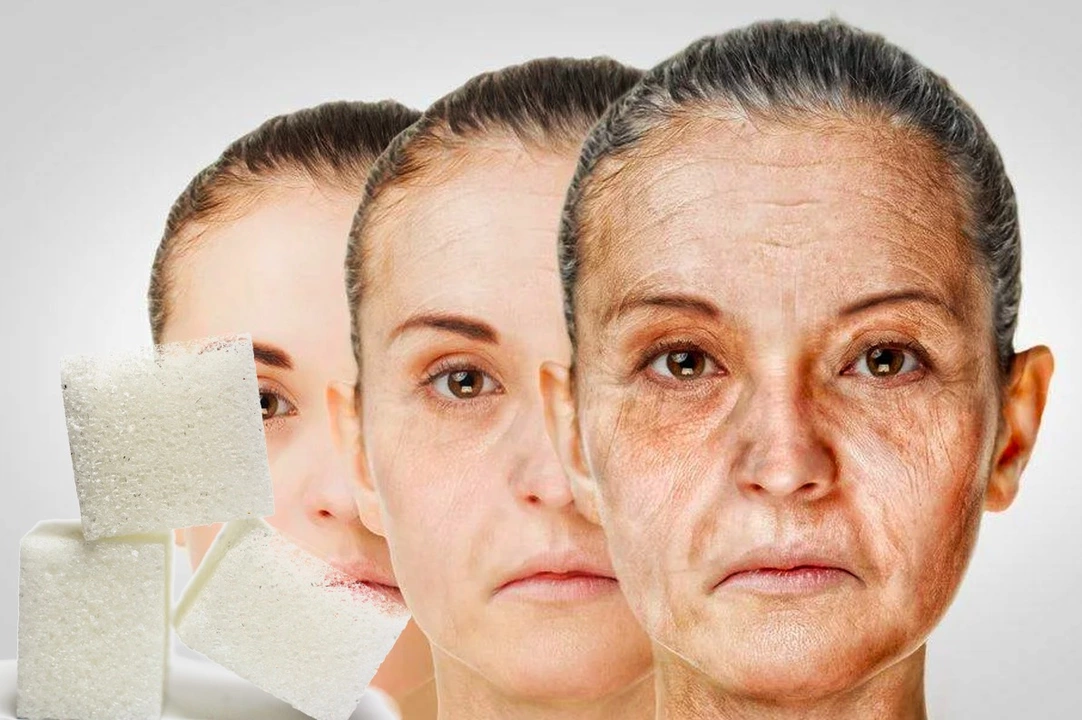Age Spots: What They Are and How to Deal With Them
If you’ve noticed dark patches on your face, hands, or arms, you’re probably looking at age spots. These flat, brownish marks show up as skin ages or gets lots of sun exposure. They’re harmless, but many people want them gone because they can make the skin look uneven.
Why Do Age Spots Appear?
Age spots form when melanin – the pigment that gives skin its color – clumps together in one spot. The most common triggers are long‑term sun exposure, genetics, and getting older. If you spend a lot of time outdoors without sunscreen, those UV rays speed up melanin production, which leads to more spots.
Simple Ways to Prevent New Spots
The easiest prevention is protecting your skin every day. Use a broad‑spectrum SPF 30 or higher on all exposed areas, even when it’s cloudy. Reapply after swimming or sweating. Wearing hats and sunglasses adds extra shielding.
Besides sunscreen, keep your skin moisturized. Dry skin can become more sensitive to UV damage, so a good moisturizer helps maintain the barrier. Also, avoid tanning beds – they’re just concentrated sun for your skin.
At‑Home Treatments That Actually Work
If you already have spots, there are a few over‑the‑counter options worth trying. Products with ingredients like hydroquinone, glycolic acid, or vitamin C can lighten patches over several weeks. Apply them at night and follow the instructions carefully to avoid irritation.
Natural remedies such as lemon juice or aloe vera are popular, but they work slowly and need consistent use. Remember to protect the treated area with sunscreen, because these ingredients can make skin more photosensitive.
When to See a Professional
If spots change in size, shape, or color, it’s time to get them checked by a dermatologist. While most age spots are benign, some could be early signs of skin cancer. A quick exam can rule that out and give you peace of mind.
For faster results, doctors offer treatments like cryotherapy (freezing the spot), laser therapy, or chemical peels. These methods target melanin directly and often clear spots in one or a few sessions.
Putting It All Together
The bottom line: age spots are common, but you can keep them at bay with daily sunscreen, smart skin care, and occasional professional help. Start protecting your skin now, and if you already have spots, try an over‑the‑counter lightening product or book a dermatologist visit for stronger options.
Stick to these simple steps, and you’ll notice your skin looking more even and youthful in no time.

As I've been researching the causes of age spot formation, I've discovered the significant role of hormonal changes in this process. It turns out that with age, our hormone production undergoes changes which can lead to an uneven distribution of melanin, the pigment responsible for our skin color. This results in the formation of age spots, which are essentially areas of hyperpigmentation. So, it's not just sun exposure that contributes to these spots, but our hormones play a crucial part as well. To minimize age spot formation, it's essential to maintain a healthy lifestyle and consider hormone therapy when necessary.
Read More